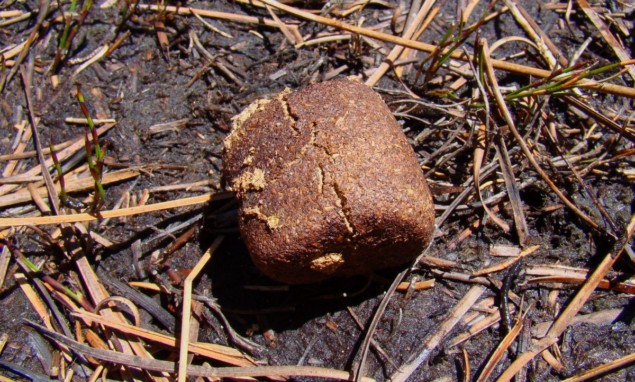
It is a scatological mystery that has puzzled biologists for some time – how and why do wombats produce cubes of poo? Now David Hu and colleagues in the US and Australia say they have the answer. Writing in the journal Soft Matter (where else), the team says that the cubic faeces form in the marsupial’s intestines, rather than when they are excreted as was previously thought.
The team discovered that the muscles that line wombat intestines do not have cylindrical symmetry, but rather create two stiff and two flexible regions. As material moves through the intestines, rhythmical muscle contractions sculpt the poo into cubes. The team says its discovery could “have applications in manufacturing, clinical pathology, and digestive health”.
That is the how, but what about the why? Some speculate that wombats communicate via the smell of their poo and the cubic shape stops faeces from rolling away.
Chill in the air
It might be summer in the land of the wombats, but here in the northern hemisphere there is a chill and perhaps even snow in the air. But if you can’t enjoy the delicate intricacies of snowflakes in real life, the physicist-turned-polymath Nathan Myhrvold has taken the highest-resolution photographs of snowflakes ever.
Myhrvold made the trek to the Canadian town of Timmins, Ontario to find the right humidity and temperature conditions to photograph snowflakes. He used a camera of his own design – with a built-in cooler and other features to avoid melting the snowflakes as they are photographed. This is important because he takes about 100 photos of each snowflake before combining them to create a high-resolution composite image.
You can read more about Myhrvold’s photos and camera in the Smithsonian Magazine.
- Physics World columnist Bob Crease visited Myhrvold in 2017 to talk about a massive five-volume book on the science of bread and bread-making that Myhrvold has written. See: “The physics of bread“.
